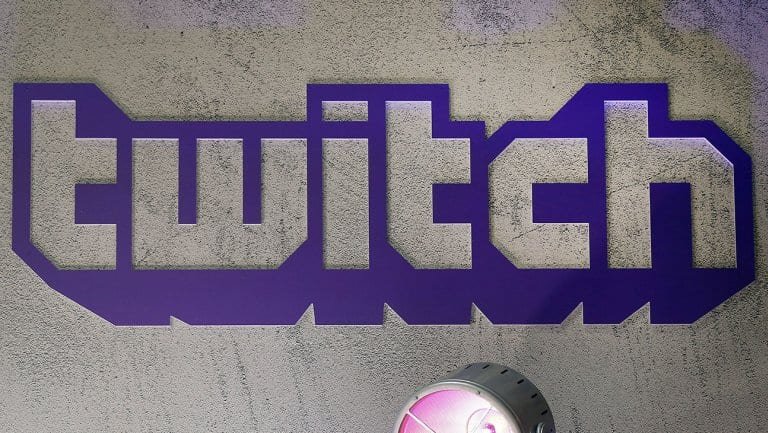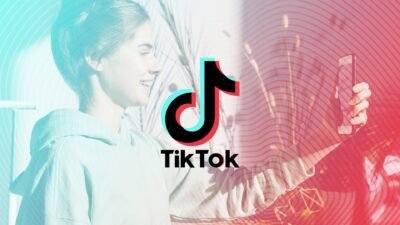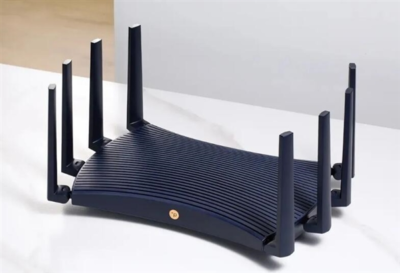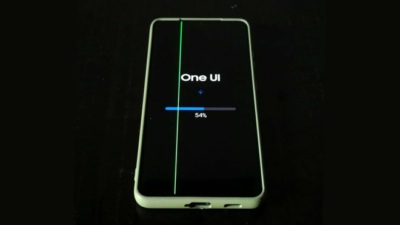How Twitch’s Subscription Model is Influencing Social Media Platforms

Many marketers have made the mistake of disregarding Twitch since its launch on June 6th, 2011. The live streaming service initially focused on the video gaming industry, but it now welcomes many types of streamers to connect with an audience. No longer is it dedicated to video game live streaming, as it has transited to music, movie, arts, and political broadcasting, to name a few topics.
Also, digital marketers might be surprised to learn that a whopping 1.5 million people are on Twitch at any given time, and the platform attracts approximately 17 million visitors per day. Of course, one of its most forward-thinking features is its affordable subscription model, which the biggest social media platforms are starting to adopt. Continue reading to learn how Twitch’s subscription model is influencing social media platforms.
Twitch vs. Other Social Media Platforms
People head online for many reasons. Most people will use the internet for social or leisurely activities. For example, people might open their browsers to find and buy a product, send a loved one an email, or expand their knowledge on a subject, such as a history, health, or online games. What’s more, they might attempt to put their expertise to the test. For instance, internet users can test their card skills at an online casino, and even browse the web to find a cool lupin casino no deposit bonus. Yet, arguably the main reason many people head online is to explore various social media platforms, such as Twitter, Facebook, Instagram, YouTube, TikTok, and Pinterest. Despite not having earned the fame of the big social media players, Twitch is revolutionizing platforms’ monetization methods.
Take Twitch and YouTube as an example. Both differ in nature but use the power of digital broadcasting to grow their audiences and revenues. Social media platforms can turn an average joe into an internet sensation with a hit of the record button.
Unlike YouTube, Twitch has made the majority of its revenue from an affordable subscription model, as they require users to pay $5 when subscribing to a live streaming channel. What’s more, it splits the live stream profits between the platform and a streamer. Other social media websites hadn’t considered this tactic before Twitch, but it has worked in the streaming service’s favor. For instance, the likes of YouTube, Facebook, and Instagram depend on advertising revenue. Yet, Twitch’s subscription model enabled the platform to grow to more than 15 million daily visitors by 2018. Once this happened, other platforms started to realize the power of Twitch, which resulted in YouTube launching its recent channel membership subscription model. Now, YouTube subscribers can pay an initial $5 fee to subscribe to a channel and gain access to exclusive content.
Twitch vs. TikTok
In May 2022, TikTok announced it was jumping on Twitch’s bandwagon, launching a paid subscription service for $4.99 per month. Now, creators over the age of 18 can generate an income by monetizing their content via their followers. Also, TikTok provides subscription packages for up to $24.99 with some stipulations. The Live Subscription feature provides creators with Twitch-style benefits, including custom emotes, subscriber-only online chats, and badges. It has become a popular option with TikTok creators, as it now provides a predictable monthly income.
However, TikTok creators will need a minimum of 1,000 followers to monetize their account, and the option is currently invite-only due to its early stages. The subscription model doesn’t only benefit creators; subscribers will more than likely have access to higher-quality content and premium perks, such as custom badges, exclusive access, and stickers. Whether you love or hate Twitch, there is no denying the live-streaming platform is changing social media monetization for many platforms and creators. Plus, it provides subscribers with more premium experiences that will keep them coming back for more. It’s a win-win.
Alexia is the author at Research Snipers covering all technology news including Google, Apple, Android, Xiaomi, Huawei, Samsung News, and More.












